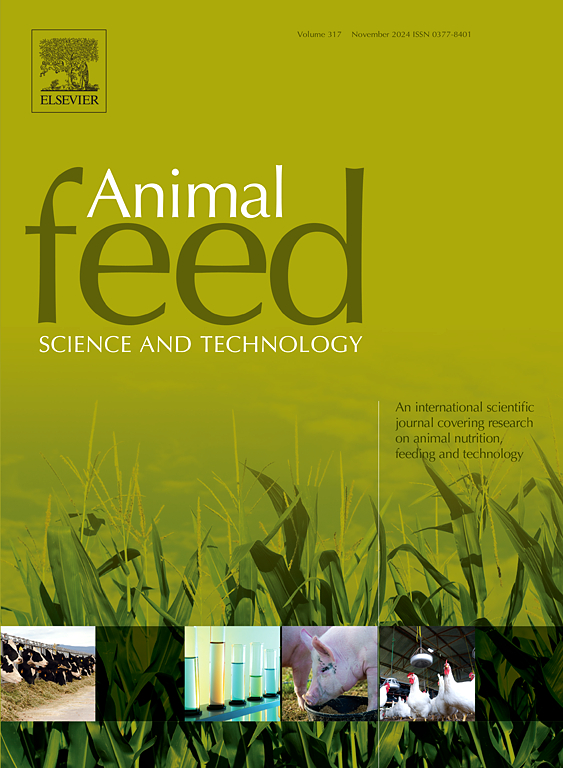Black Soldier Fly Larvae Meal (BSFLM) as an alternative protein source in sustainable aquaculture production: A scoping review of its comprehensive impact on shrimp and prawn farming
IF 2.5
2区 农林科学
Q1 AGRICULTURE, DAIRY & ANIMAL SCIENCE
引用次数: 0
Abstract
Aquaculture, a globally expanding industry, confronts significant challenges in sourcing sustainable and clean feed, especially for shrimp and prawn species within the Arthropoda family. The traditional reliance on fish meal (FM) poses ecological and economic dilemmas, driving the quest for alternative, environmentally-friendly protein sources. Black Soldier Fly Larvae Meal (BSFLM) has emerged as a promising candidate, offering a high protein content, essential amino acids, and strong sustainability credentials. These include its contribution to waste reduction and the circular economy, positioning BSFLM as a clean and sustainable alternative. This scoping review, adhering to the PRISMA-SR guidelines, systematically evaluates the current research on BSFLM inclusion in shrimp and prawn aquaculture diets. We conducted a thorough literature search from January 2000 to May 2023 across multiple databases, focusing on studies investigating the impacts of BSFLM as a direct FM substitute. We provide an in-depth analysis of BSFLM's comprehensive impact on crucial aquaculture aspects such as growth performance, feed efficiency, survival rates, body composition, and health. Notably, we explore BSFLM's influence on digestive enzyme activities, nutrient digestibility, antioxidant activities, immune responses, biochemical and metabolic parameters, and the health and morphology of intestinal and hepatic systems. Our review extends to the nutritional dynamics of BSFLM, the role of chitin, and the effects on water quality, underscoring both the potential benefits and challenges of BSFLM implementation. BSFLM demonstrates a spectrum of effects from enhancing growth performance to influencing health and nutrient metabolism, varying with inclusion levels. While offering a sustainable and clean alternative to FM, BSFLM's integration into aquaculture demands a nuanced approach, considering species-specific responses and ecological impacts. The review underlines the necessity for further comprehensive research, economic evaluation, and policy development to optimize the use of BSFLM in sustainable aquaculture practices.
求助全文
约1分钟内获得全文
求助全文
来源期刊

Animal Feed Science and Technology
农林科学-奶制品与动物科学
CiteScore
6.00
自引率
6.20%
发文量
266
审稿时长
3 months
期刊介绍:
Animal Feed Science and Technology is a unique journal publishing scientific papers of international interest focusing on animal feeds and their feeding.
Papers describing research on feed for ruminants and non-ruminants, including poultry, horses, companion animals and aquatic animals, are welcome.
The journal covers the following areas:
Nutritive value of feeds (e.g., assessment, improvement)
Methods of conserving and processing feeds that affect their nutritional value
Agronomic and climatic factors influencing the nutritive value of feeds
Utilization of feeds and the improvement of such
Metabolic, production, reproduction and health responses, as well as potential environmental impacts, of diet inputs and feed technologies (e.g., feeds, feed additives, feed components, mycotoxins)
Mathematical models relating directly to animal-feed interactions
Analytical and experimental methods for feed evaluation
Environmental impacts of feed technologies in animal production.
 求助内容:
求助内容: 应助结果提醒方式:
应助结果提醒方式:


